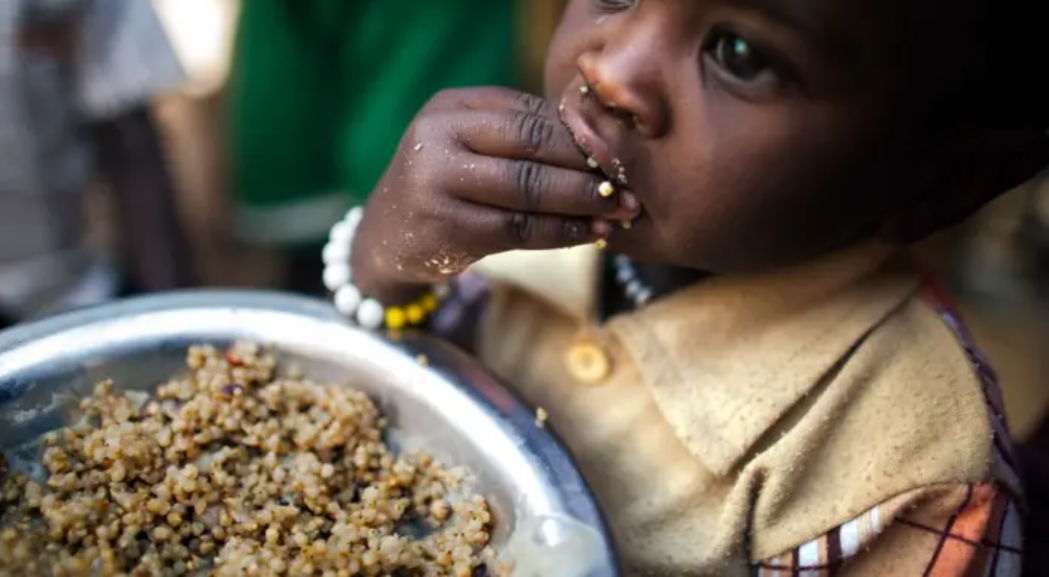
Irrigation is widely promoted as a powerful tool to combat hunger and malnutrition, boosting agricultural output, food security, and rural livelihoods. But a new Policy Brief by the United Nations University Institute for Water, Environment and Health (UNU-INWEH) reveals a troubling paradox: irrigation expansion is most strongly associated with improved child nutrition in areas where water resources are already under severe stress.
The analysis, based on data from more than 70,000 households across 26 low- and middle-income countries, shows that expanding irrigation correlates with higher dietary diversity among children under five, a key proxy for micronutrient sufficiency and long-term health. Yet nearly one-third of irrigation gains occurred in regions that had already exceeded their renewable freshwater supplies before expansion began.
“While irrigation contributes to better child diets, these gains are often coming from areas that are already overusing water,” said Dr. Marc F. Müller, lead author of the Policy Brief and Associate Research Professor of Water Security and Conflicts at UNU-INWEH. “This trade-off raises concerns about the long-term sustainability of irrigation-led development strategies.”